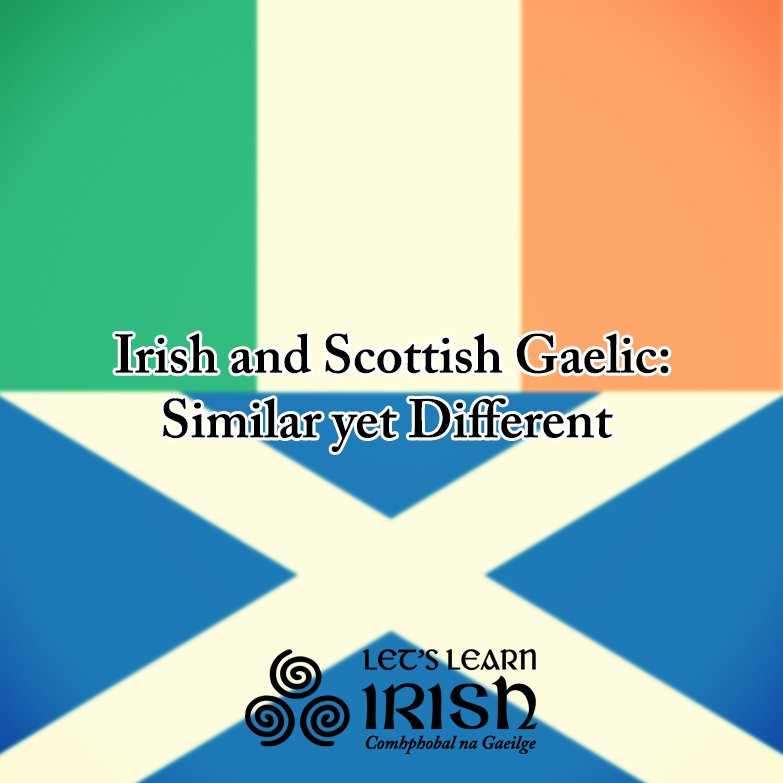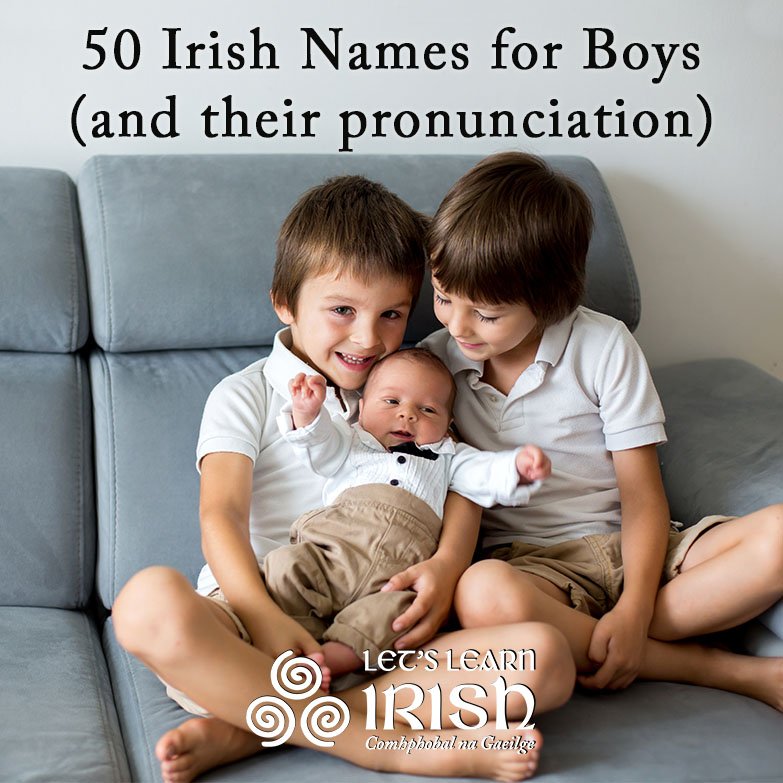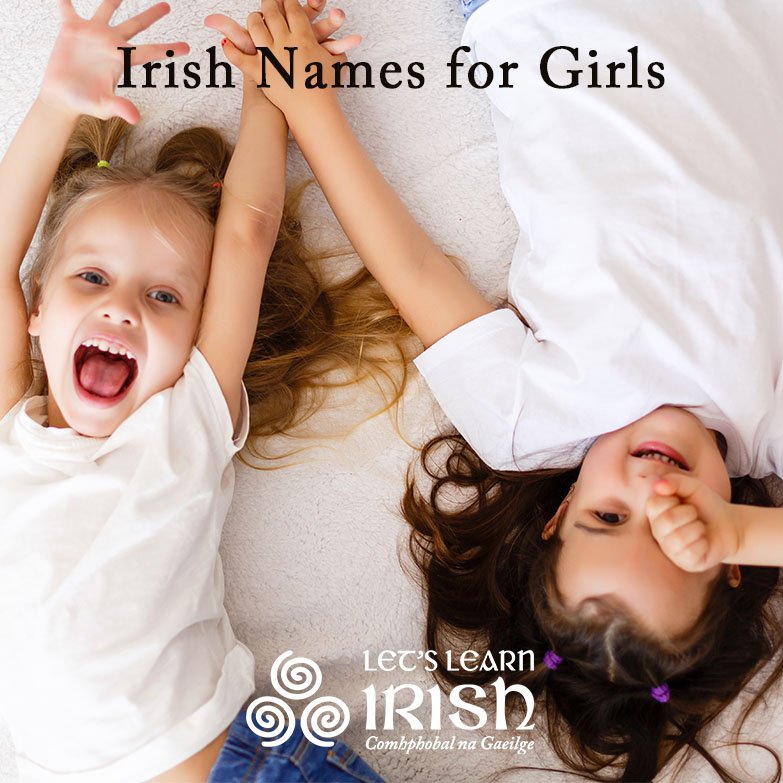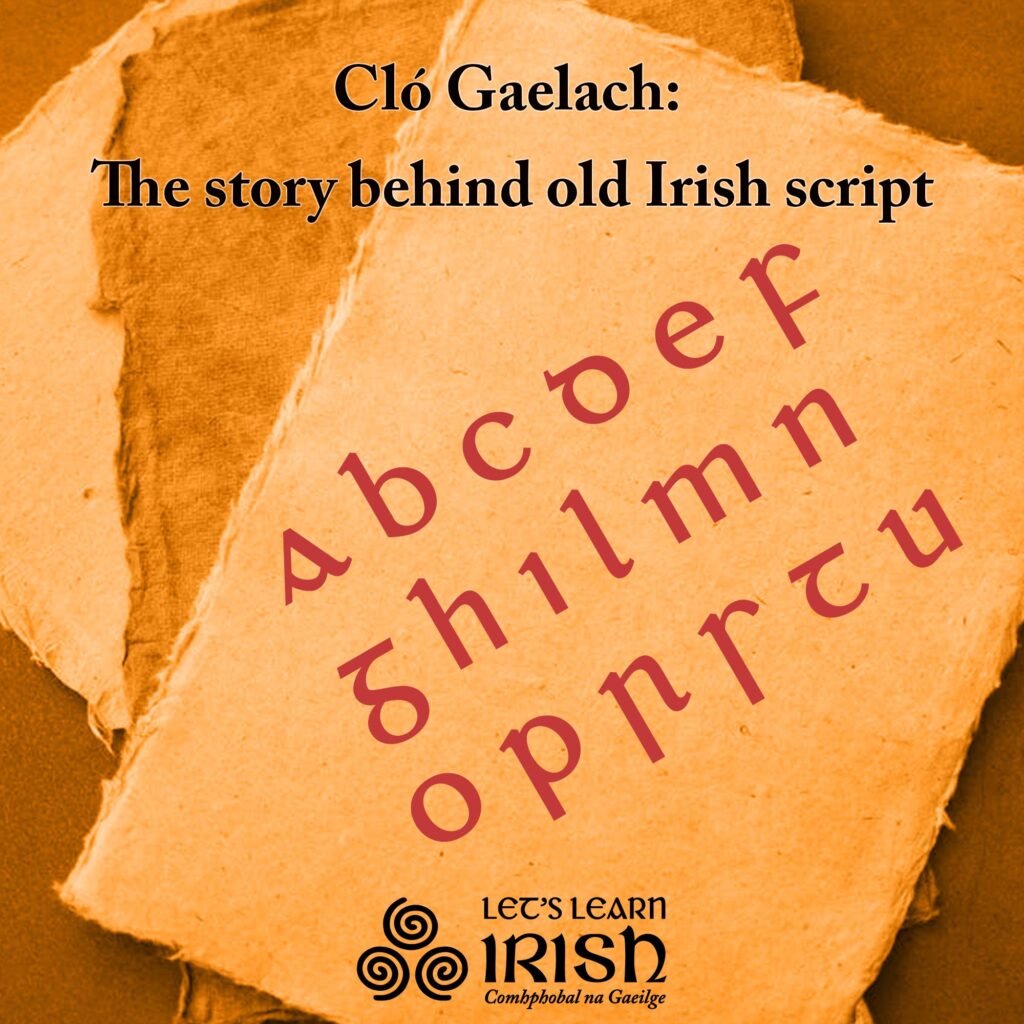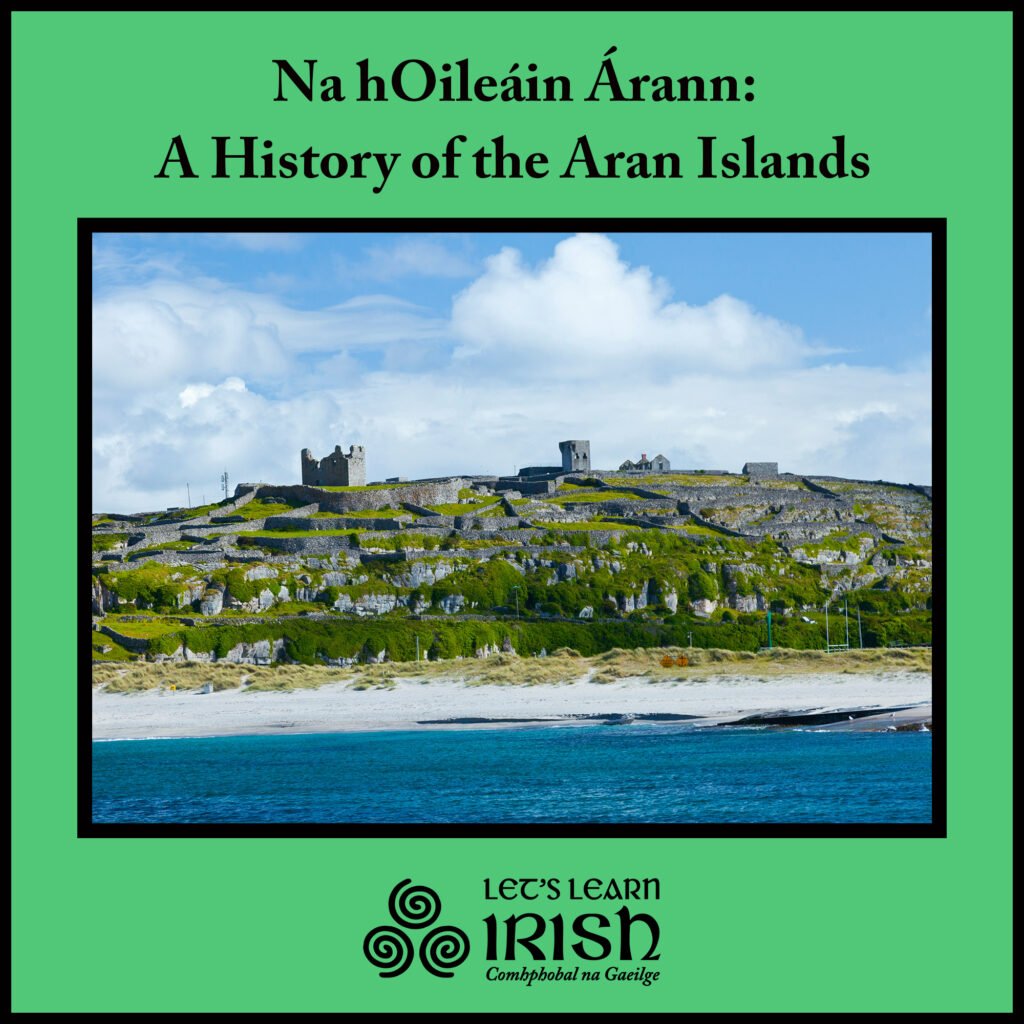A Brief Guide to Irish Dialects

One of most interesting aspects of the Irish language is how much diversity it holds, especially given the size of Ireland. After Middle Irish began splitting into Modern Irish and Scottish Gaelic (from the Irish speakers who moved to Scotland), Irish didn’t stop evolving. The result is that today there are three distinct Irish dialects spoken in Ireland, often referred to as ‘na canúintí’. Although each dialect of Irish, or canúint, can be understood by a speaker of another dialect, the differences between the three types of Irish goes beyond accents. Instead, there are minor structural deviations among the dialects, as well as examples of varying vocabulary and intonation. The three major dialect areas, as outlined below, coincide roughly with the provinces of Connacht (Cúige Chonnacht), Munster (Cúige Mumhan) and Ulster (Cúige Uladh).
The Three Irish Dialects

Gaeilge Chonnacht – Connacht Irish
The Connacht dialect is found in North Mayo, Conamara and na Oileáin Árann. Although there are several linguistic variations within Connacht Irish based on geography, “Connemara Irish” has come to be considered the most standardized form taught. Trademarks of Connacht Irish include lengthened vowels and reduced word endings in pronunciation, as well as verbal nouns ending in -achan. Connacht Irish includes the most native speakers, and is the form most often taught in the West of Ireland. Below are some examples of Connacht Irish:
Cén chaoi a bhfuil tú? (How are you?)
Cárb as duit? (Where are you from?)
Fataí (potatoes)
Togha (great)
Údar (reason)
Places where you will hear Connacht Irish include An Spidéal, Indreabhán, Rós Muc, Oileáin Árann, An Cheathrú Rua (Galway), Tuar Mhic Éadaigh, Oileán Acla, An Fód Dubh and Béal an Mhuirthead (Mayo).
Gaeilge na Mumhan – Munster Irish
The Munster dialect is found on the Dingle peninsula in County Kerry, around Ballyvourney in West Cork, and in the Ring, County Waterford. Unique to Munster Irish, often the stress falls on the second vowel in words with a short vowel in front, followed by a long vowel. The use of endings to show personal verbs also differs with other dialects, as well as some other grammatical tendencies. Here are some examples of Munster Irish:
Conas atá tú? (How are you?)
Anso (here)
Ansan (there)
Feiscint (see)
N’fheadar faic mar gheall air (I know nothing about it)
Places where you will hear Munster Irish include Corca Dhuibhne, An Daingean, Dún Chaoin (Kerry), Muscraí (Cork) and An Rinn (Waterford).


Gaeilge Uladh – Ulster Irish
The Ulster dialect is most commonly associated with West Donegal. That said, the dialect can be heard throughout Ulster (so too Munster and Connacht Irish in their respective provinces). Ulster Irish shares some similarities with Scottish Gaelic and Manx, a language spoken on the Isle of Man. Much like Scottish Gaelic and Manx, Ulster Irish uses the negative particle cha(n), while Munster and Connacht dialects tend to use ní. Examples of Ulster Irish are as follows:
Cad é mar atá tú? (How are you?)
Ar dóigh (great)
Gasta (fast)
Fosta (also)
Madadh (dog)
Places where you will hear Ulster Irish include Gleann Cholm Cille, Gaoth Dobhair, Gort na Choirce, Toraigh, Fánaid and Árainn Mhór (Donegal)
Other Irish Dialects
Interestingly, there was once only two dialects in Ireland: a Northern Dialect covering Ulster, Connacht, Meath, and north Leinster, and a Southern Dialect, evident in Munster and south Leinster. This separation followed Ireland’s ancient division into two halves: the northern half of Leath Cuinn (“Conn’s Half”) and the southern half of Leath Mhogha (“Mogh’s Half”). Similarities between Ulster- and Connacht-Irish are still noticeable today.
It’s worth noting that Irish was spoken in the Leinster province into the 19th century. However, continued occupation by the English in and around Dublin essentially squelched the Irish language in those areas. Some of the characteristics of the Leinster dialect can be found in Connacht Irish, such as the stress on the first syllable.
Due to Irish being taught in schools, as well as increased availability of resources for non-native speakers, some scholars say a new form of Irish is emerging: Urban Irish. As a language is always evolving, some believe that this learned form of Irish will one day be its own dialect.
Anyone looking at a map of the Gaeltachts in Ireland will notice a peculiarity: There’s a small dot in the province of Leinster. This is the town of Ráth Chairn, where in 1935 Irish speakers were transplanted from Conamara as a social experiment in order to reclaim the “authentic Irish culture” there. Although originally met with scorn by the locals, the “colonization” of Ráth Chairn was successful, as people speak Irish as their first language there today.

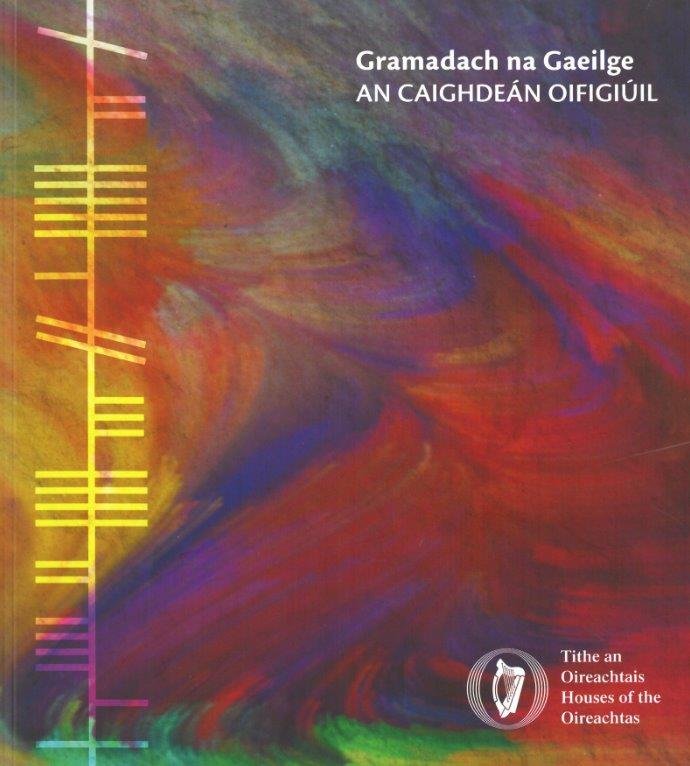
The Written Standard
Although there is no official standard for pronouncing the Irish language, the Irish government has produced a standard for written Irish to be used in schools and public offices. An Caighdeán, or “The Official Standard,” was updated in 1953, 2012 and 2017. However, An Caighdeán isn’t spoken by anyone. Instead, regional dialects are used in spoken Irish on television, news reports and radio.
The Preferred Irish Dialect?
With specific differences between the three Irish dialects, one may wonder which is the best to learn. A learner may make this decision based on their ancestral heritage, which dialect sounds most pleasing to them, or the background of their own Irish teacher. Starting off, it doesn’t really matter which dialect you learn. Most other speakers will be able to understand your dialect regardless, and most beginning learners start off with a mixed dialect anyway. The important thing is to get started.
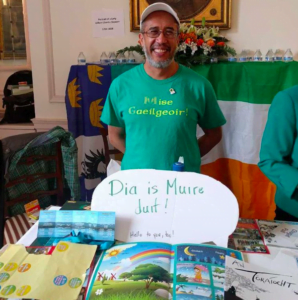
Bígí páirteach!
Join the online Irish community at LetsLearnIrish.com.
Follow on social media @LetsLearnIrish.

